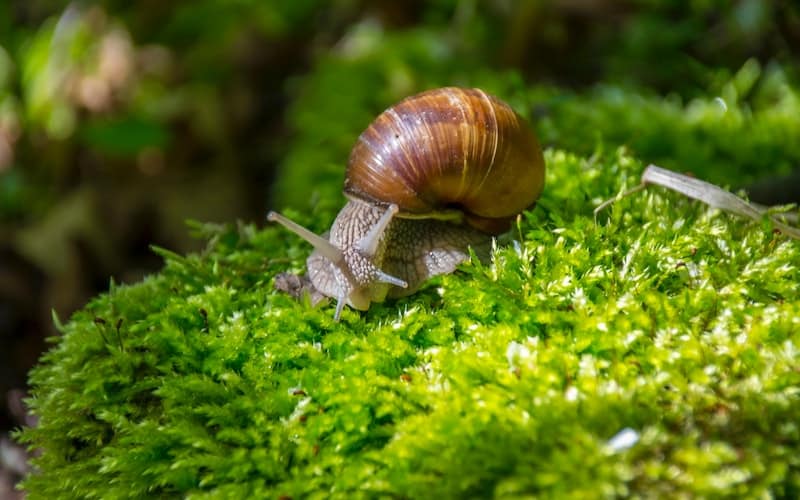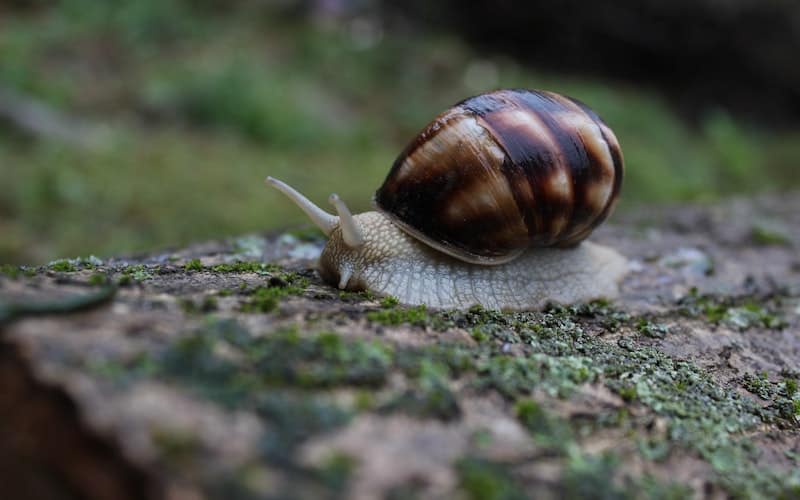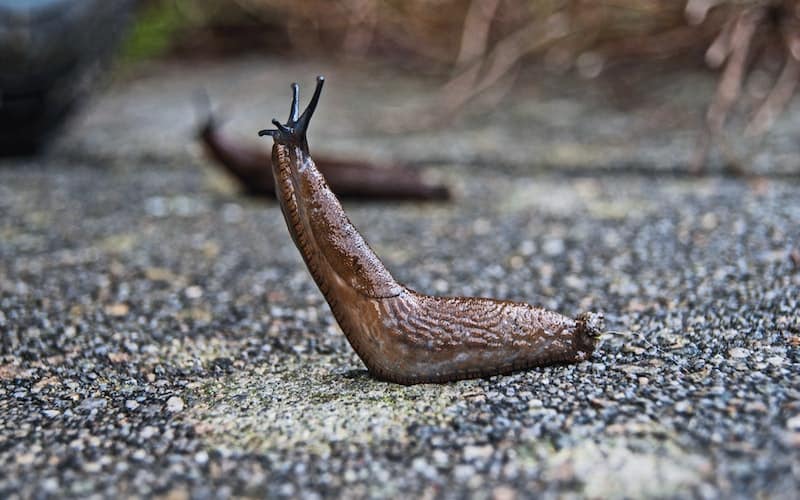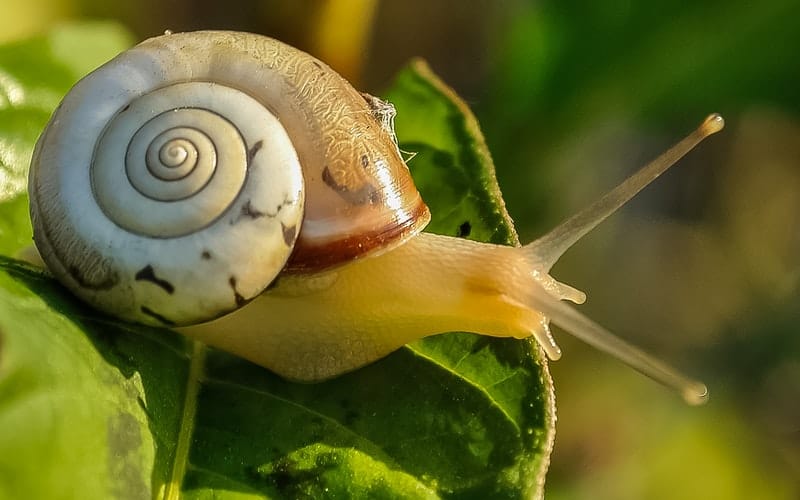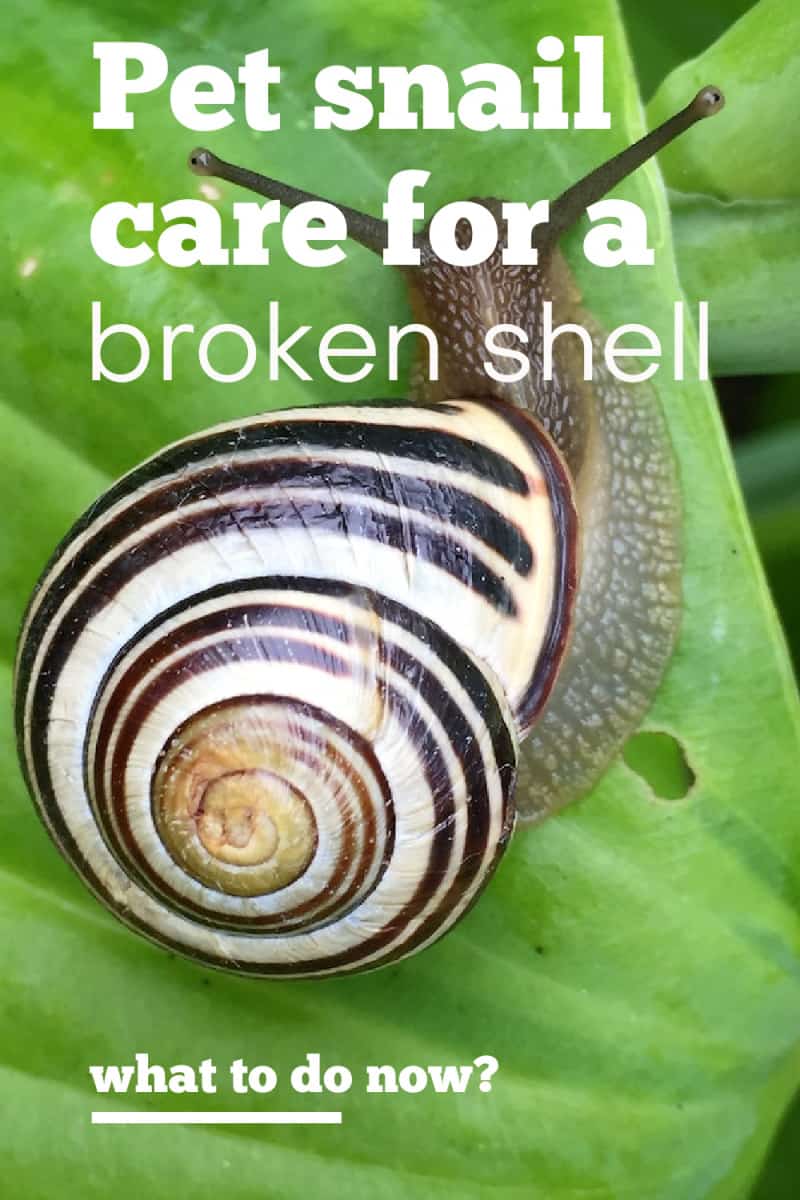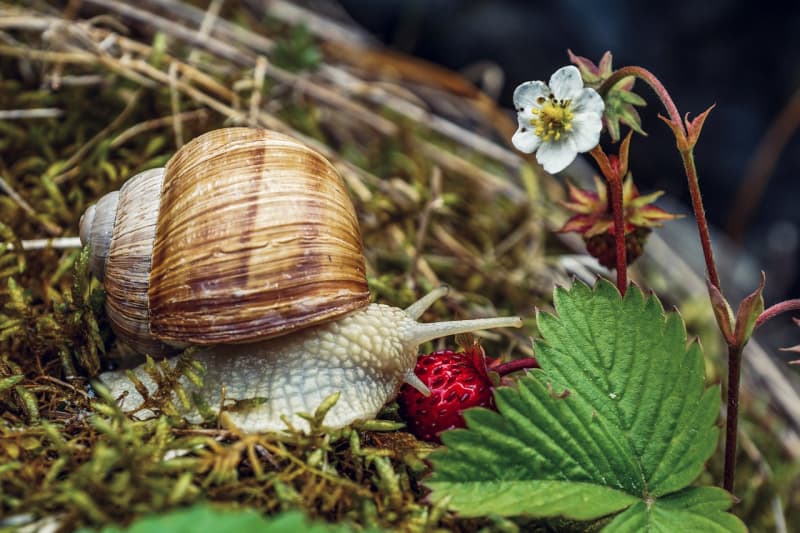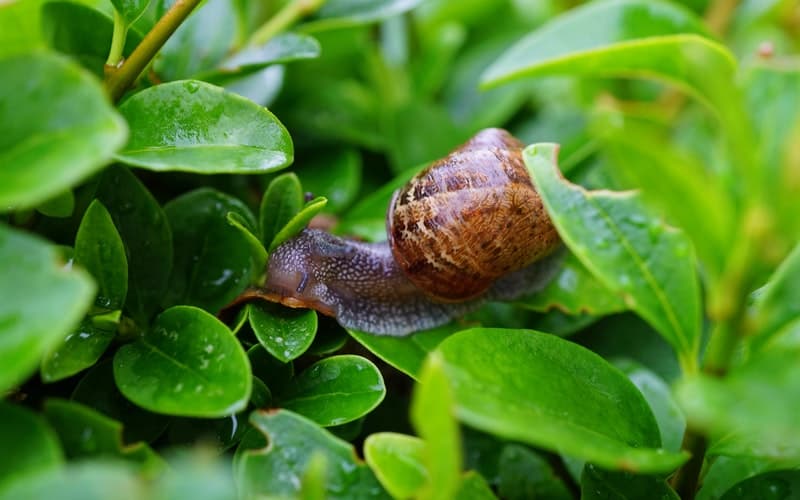Last Updated on January 22, 2023 by ellen
Can a snail survive a broken shell? Learn more about what may happen if your snail’s shell is broken or damaged.
Posts may be sponsored. This post contains affiliate links, which means I will make a commission at no extra cost to you should you click through and make a purchase. As an Amazon Associate I earn from qualifying purchases.
Table of Contents
Can a Snail Survive a Broken Shell?
Will a snail’s shell repair naturally? Learn what may happen if you notice shell damage on one of your pet snails.
Remember that a normal snail can probably recover from a small crack. But, a partly crushed or very damaged shell may be too much to fix.
What is a snail’s shell made of?
A snail’s shell is made up of calcium carbonate. It is attached to the snail’s body and helps protect the animal from predators and environmental dangers such as desiccation.
So, if a snail’s shell is damaged, it can often repair itself using calcium from its diet or deposits in its environment. In some cases, however, the damage may be too extensive for the snail to recover.
First, if your snails shell is cracked or chipped, it is essential to monitor the animal closely. Then, if the damage does not seem to be healing, or if the snail appears to be in distress, it is best to consult a veterinarian. They will be able to advise you on the best course of action for your pet.
Change in a snail shell colour
A snail’s shell is typically a light brown or tan colour. So, if your snail’s shell has changed colour, it is vital to monitor the animal closely.
So, while a change in shell colour can sometimes be normal, it can also be a sign of illness. If you are concerned about your snail’s health, it is best to consult a veterinarian.
Why are snail shells important?
Your snail cannot live without its shell. The shell protects the animal from predators and the environment. It also helps the snail retain moisture and prevents it from drying.
Your snail’s shell is important for its health and well-being. If you notice any damage to the shell, it is essential to monitor the animal closely.
Do snails become slugs when shells break?
No, snails do not become slugs when their shells break. Snails and slugs are different animals entirely.
A slug does not need a shell to live. A garden snail or land snails do.
Do snails feel pain when their shell breaks?
It is not known for sure whether or not snails hurt. However, it is generally believed that they do not.
How can I tell if my snail is healthy?
There are several things you can look for to determine if your snail is healthy:
-The shell should be intact and free of cracks or chips.
-The body should be a uniform color.
-The snail should be active and moving around.
-The snail should be eating and producing waste regularly.
Can Snails Fix Their Shells?
Most snails can repair their shells if they are cracked or chipped. You should monitor the animal closely if your snail’s shell is damaged.
If the damage does not seem to be healing, or if the snail appears to be in distress, it is best to consult a veterinarian. They will be able to advise you on the best course of action for your pet.
if it’s a truly nasty break, they may not be able to recover. Snails are very resilient creatures, though.
How snails repair their shell
When a snail’s shell is damaged, the animal typically retreats into its shell to rest. The snail will then secrete a substance that hardens and helps to repair the damage. Sometimes, the damage may be too extensive for the snail to repair itself.
They will likely hide inside as their shell grows back. Finally, depending on the crack’s severity, the process can take a few weeks or months.
Do snails lose their shells?
No, snails do not lose their shells. The shell is attached to the snail’s body and helps protect the animal from predators and environmental dangers such as desiccation. So, it does not come off.
Can snails survive without a shell?
No, they are born with a shell attached, which grows with them over time. It helps protect internal organs.
They cannot use an old shell or survive without one. Each year, they will add more and more to their shell. adding more layers underneath.
This product presentation was made with AAWP plugin.
Preventive measures
Calcium is vital for a snail’s life cycle. A study found 90 % of shells have calcium carbonates. The 8% remaining is iron manganese.
A shell may contain several calcified layers (usually 2-5). It increases their strength and resistance against external influences.
Finally, adding calcium to your snail’s diet is vital for a healthy shell. You can get it here.
How to help your snail repair its shell
If your snail’s shell is cracked or chipped, there are several things you can do to help the animal repair the damage:
-Provide a calcium-rich diet. They must have enough calcium. Get it here.
-Keep the snail in a warm, humid environment to allow the shell to repair correctly. Use a spray bottle to add moisture to the soil.
-Keep him away from fellow snails.
-Avoid handling the snail too much.
-Give the snail time to rest and heal itself. They’ll enjoy a separate resting place like a snail terrarium.
-Consult a veterinarian if the damage does not seem to be healing properly.
No products found.
Good source of calcium for snails
So, there are several things you can do to provide your garden snail or pet land snail with a calcium-rich diet:
-Add calcium powder to their food.
-Give them calcium-rich vegetables such as kale, broccoli, and cabbage.
-Add crushed eggshells to their food. Get it from a boiled egg.
-Provide a cuttlefish bone for them to chew on.
-Give them a calcium supplement designed for reptiles.
You can find calcium powder, crushed eggshells, and reptile supplements at most pet stores. You can also find cuttlebones at some pet stores or online.
Related Reading
Finally, you may enjoy these articles.
- How to make a snail terrarium
- Pet snail care
- How to keep a pet snail
- Snail names
- Snail gifts
- Homemade dog repellent

Ellen runs a small pet sitting business in southern Vermont. She has experience with a variety of small animals, dogs and cats. She has also cared for ducks, chickens and rabbits. Combined, she has over 20 years of experience in pet care and pet sitting.
